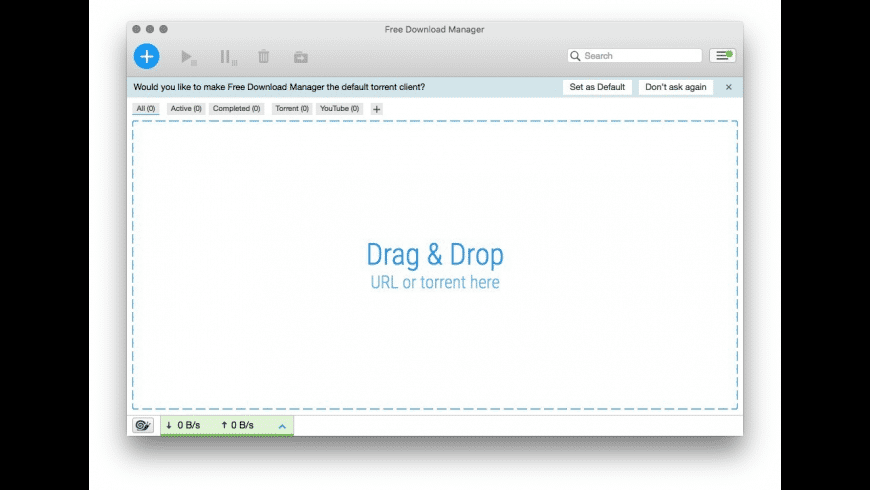

Next to 'My Albums,' select the plus icon.Afterward, you could share it with friends and family, if you like. All images you snapped on your trip would be automatically sent to that album. Its purpose is to send photos to the smart album based on event triggers you designate.Īn example: if you were going to take a road trip on a particular date, you could set a range for this smart album that encompassed your road trip. This has a lot more granular controls you can take advantage of. This is a static album you will have to add images to it manually.Īnother way is to create a 'smart album' from the same drop-down list.

The most standard way is to create a plain 'album' by clicking the plus icon next to the 'Albums' section in Photos and selecting it from the drop-down list. Apple's machine learning engine is behind the 'memories' tab, which attempts to take photos from a time and place to surface events as memories for you. The app also uses geolocations for a 'places' album, which shows you on a map where an image was snapped. This is a handy way to dig deep for photos from a trip you took. You can view photos by year, month, or days. The main 'photos' screen also has some curation happening. Screenshots, Live Photos, Bursts, and other types of images have their own albums in Apple Photos. In many cases, Photos already takes care of some curation.

Organize photos by creating your own Albums Below we outline the ways to organize photos with Photos. If you want to make sense of your photos on Mac, Photos is not an absolute best, but it does a pretty good job. The app can now recognize faces and places, automatically put photos into smart folders based on certain conditions, etc.
#Photo manager for mac how to
How to organize photos with Photos appĪpple is constantly updating its native Photos utility to help you with library organization.
#Photo manager for mac manual
Then click Remove.Īnd with Gemini's Duplicates Monitor, you'll be notified about duplicates - no need to do any manual scanning. Simply drop the folder onto the Gemini app, look through the suggested pairings, and select the images you don't like. Gemini will accept individual files or folders, show you identical photos or even similar ones, and suggest you delete the copies.

Photos doesn't scan for these, but Gemini does! And we bet a lot of the imported images are duplicates – you just forgot they were on the outside drive. It's also possible you saved images to an external drive, and are importing them to your main Photos library. This is why photo library curation is critical - and it should involve removing the clutter as the first step. Many of us snap a lot of photos, then choose the right one to share. Delete duplicates and similar photos before organizing library We'll show you how to organize photos on Mac, and the best ways to organize photos automatically. It also occupies space on your phone or Mac if you're not using cloud storage. Why wait for your cloud storage locker to fill up with garbage? Much of the time, you know you won't keep a photo just after you take it, or save that screenshot. Too often, we see warnings pop up telling us to buy more storage.īut who wants to spend money to keep screenshots and bad photos from a year ago?! The better way to manage your photos library is to curate it often. Many of us wait until our photos library is so large it's taking up most of our cloud storage. Get Setapp, a toolkit with fixes for all Mac problems


 0 kommentar(er)
0 kommentar(er)
